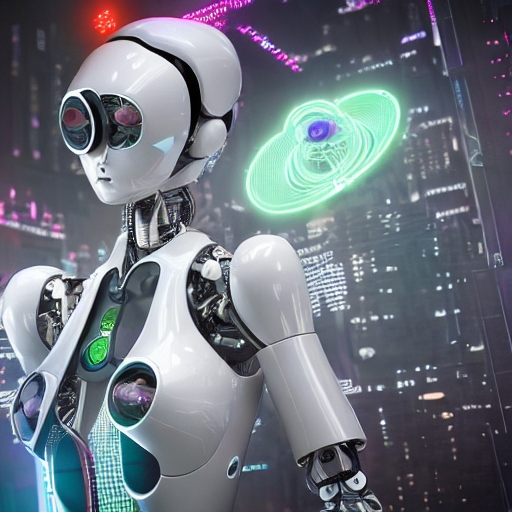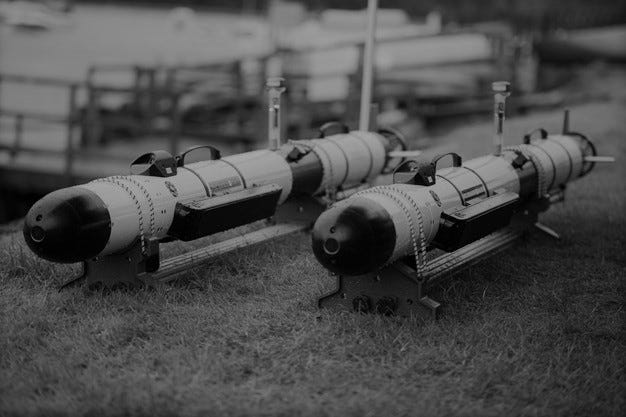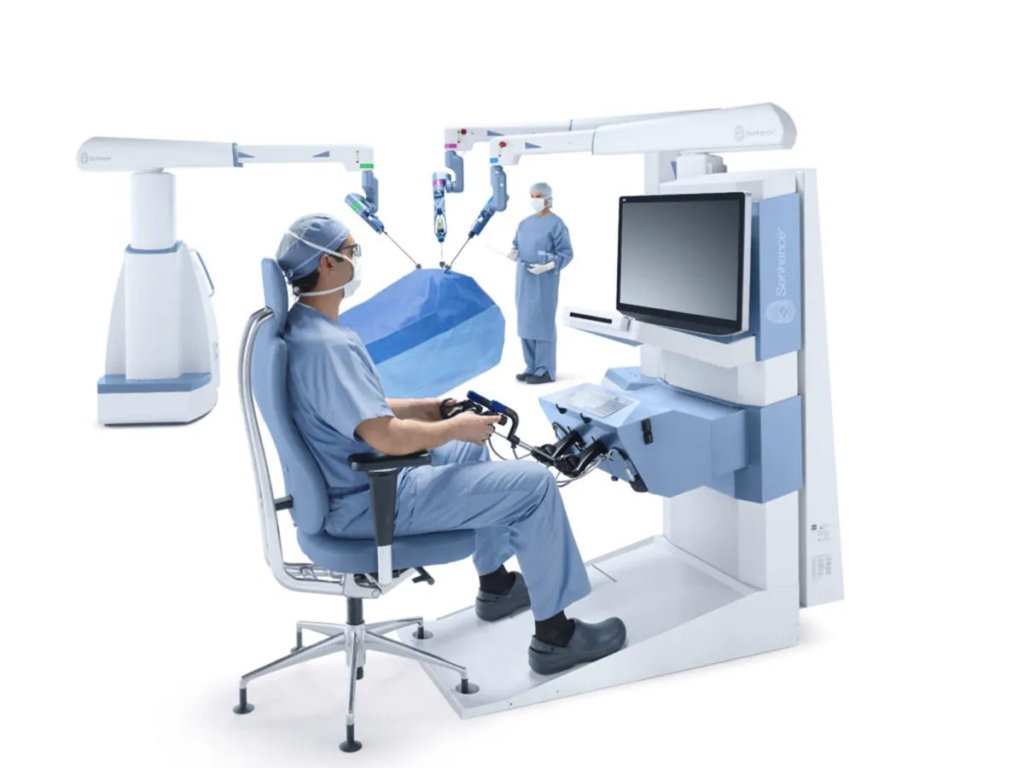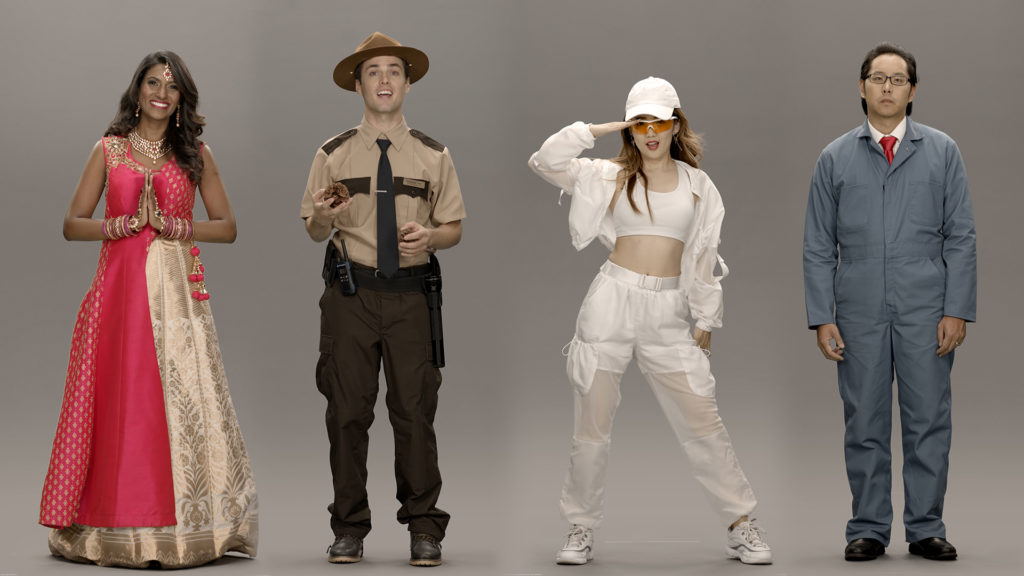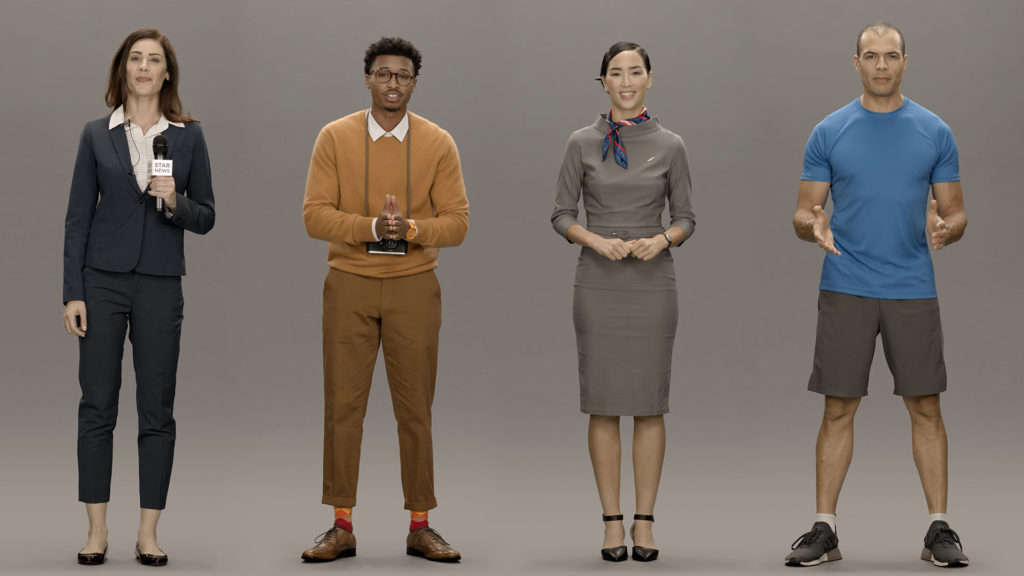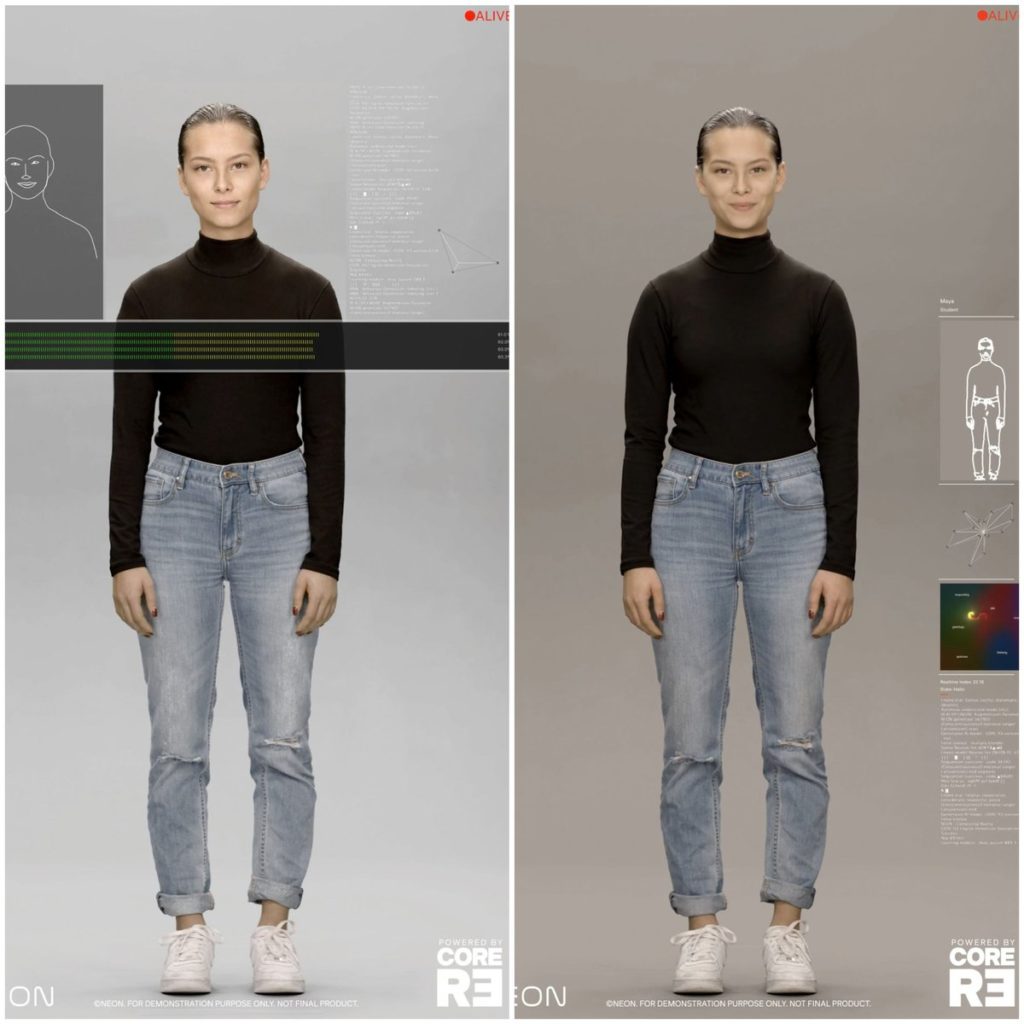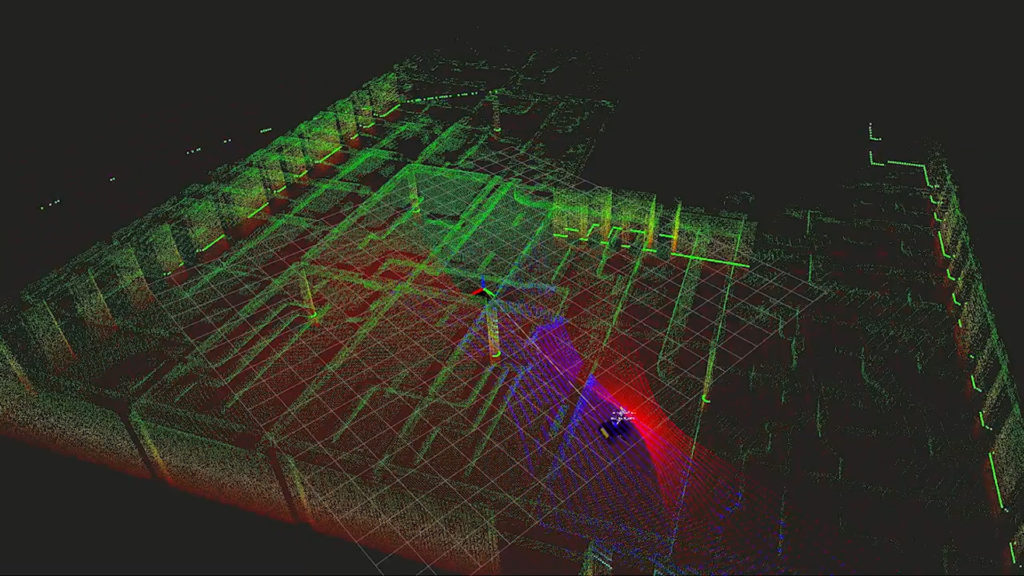An exciting new field called necrobotics investigates the possibility of using dead organisms, or biotic materials, as robotic components. The term itself brings up images of both mystery and fear. Even though the idea might seem absurd, it has the potential to produce creative and long-lasting solutions for a range of uses, including archaeology and healthcare.
Harnessing Nature’s Ingenuity
Many organisms have amazing mechanisms that allow them to carry out difficult tasks that nature provided them with. These natural designs, which range from the complex hydraulic systems of spiders to the complex joint structures of insects, provide important insights for the creation of more effective and versatile robots. By integrating biotic materials into robotic systems, necrobotics seeks to capitalize on this natural inventiveness.
Spiders: A Case Study in Necrobotics
Research on spiders has shown great promise for the field of necrobotics. Their hydraulic systems, which consist of valves that can be controlled and chambers filled with fluid, enable them to produce precise movements with amazing strength and dexterity. Using the legs of dead spiders, a Rice University research team successfully created a robotic gripper in 2022. This necrobotic gripper showed remarkable grasping abilities; it could lift weights up to 130% of its own mass and handle small objects.
Beyond Spiders: A Wider Realm of Biotic Materials
Necrobotics is not just about spiders; it includes a wider range of biotic materials, such as insect wings, fish scales, and bird feathers. Every material has special qualities that can be used for certain purposes. For example, insect wings could be used for movement and propulsion, and bird feathers could be used for lightweight, flexible structures.

Potential Applications of Necrobotics
Necrorobotics has a wide range of possible uses in different industries. Necrorobotics has the potential to revolutionize the medical field by creating minimally invasive surgical instruments, precise drug delivery microrobots, and prosthetic limbs that emulate human muscle movement.
Necrorobotics may be used in archaeology to help with the careful excavation of delicate artifacts, enabling archaeologists to handle and preserve priceless historical treasures with little harm. Necrorobotics could be used in environmental remediation to create robots that can clean up and navigate through contaminated areas, thereby eliminating dangerous materials from the environment.
Ethical Considerations and Sustainability
Despite the enormous potential of necrobotics, ethical issues must be addressed and sustainable methods must be followed. Careful regulation of the source of biotic materials used in robotics is necessary to reduce the negative effects on natural ecosystems. To further minimize waste and the environmental impact of necrobotic components, efforts should be made to maximize their longevity and reusability.
Conclusion: A Glimpse into the Future of Robotics
Necrobotics is a new paradigm in robotics that offers a fresh way to create intelligent, effective, and sustainable machines. Necrorobotics holds the potential to transform numerous industries and influence the direction of technology by utilizing the inventiveness of nature. To ensure a responsible and sustainable future for necrobotics, it is crucial to carefully balance scientific innovation with ethical considerations and environmental stewardship as this field continues to evolve.
Sources:
- https://onlinelibrary.wiley.com/doi/full/10.1002/advs.202201174
- https://news.rice.edu/news/2022/rice-engineers-get-grip-necrobotic-spiders#:~:text=The%20cadavers%20Preston’s%20lab%20pressed,and%20even%20lift%20another%20spider.
- https://www.smithsonianmag.com/smart-news/scientists-use-dead-spiders-to-grip-objects-180980498/#:~:text=In%20a%20paper%20published%20in,grippers%20for%20very%20small%20objects.
- https://www.linkedin.com/pulse/necrobotics-future-robotics-sheerin-farjana-m-nijge?trk=articles_directory#:~:text=harming%20the%20environment.-,Necrobotics%20is%20a%20new%20and%20emerging%20field%20of%20robotics%20that,and%20sustainable%20than%20ever%20before.
- https://www.linkedin.com/pulse/sustainable-development-through-necrobotics-harnessing-k#:~:text=Furthermore%2C%20autonomous%20robots%20can%20navigate,and%20promote%20a%20circular%20economy.

